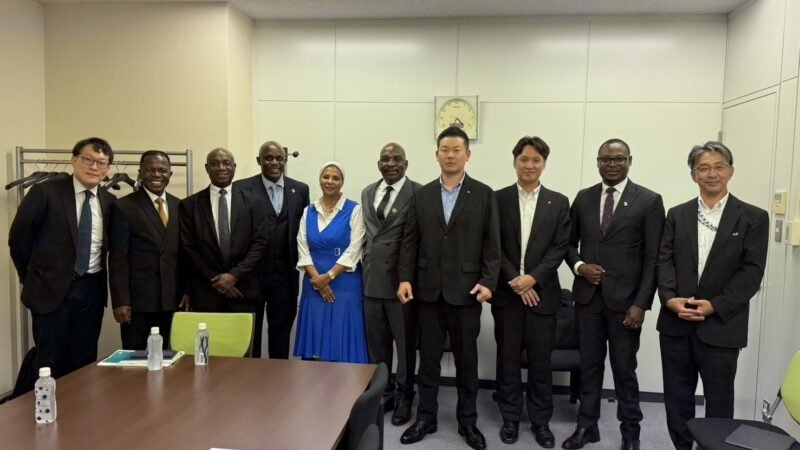Africa’s upstream oil and gas sector sees cautious resurgence amid new hotspots, aging fields
Africa’s upstream oil and gas market is entering a phase of cautious resurgence, driven by fresh capital in mature producers and growing investor attention in new exploration markets. The African Energy Chamber’s State of African Energy 2026 Outlook points to steady output, advancing drilling technologies and a stronger role for National Oil Companies as the market shifts.
The chamber released the report at African Energy Week 2025 in Cape Town, noting that legacy producers including Algeria, Nigeria, Libya, Egypt and Angola remain the continent’s anchors. However, aging infrastructure and maturing reservoirs continue to pressure long-established assets. In contrast, Namibia and Ivory Coast are rising as frontier plays, supported by new discoveries and fiscal terms that appeal to exploration investors.
Recent advances in seismic imaging and deepwater drilling are enabling operators to chase more complex reservoirs. North African gas exploration beneath Upper Miocene evaporites has already unlocked over 50 TCF, while Egypt’s Zohr field reflects both large-scale opportunity and structural challenges. Along the Atlantic margin, Angola’s Agogo field and prospects in Gabon and the Kwanza Basin show continued pre-salt momentum.

Production set to stabilize with LNG growth ahead
Africa’s production is forecast to remain steady at roughly 11.4 million barrels of oil equivalent per day in 2026, rising to about 13.6 MMboe/d by 2030 as new projects mature. Liquids are projected to make up 63 percent of 2026 volumes, while gas accounts for 37 percent as demand strengthens and LNG infrastructure expands in Mozambique, Nigeria and Senegal.
Some discoveries face commercial risk due to geology or regulatory terms. Egyptian fields including Hoda, Notus and Satis hold more than 520 million barrels of recoverable resources, while assets in Sierra Leone and Angola highlight potential but also fiscal hurdles. In Southern Africa, finds such as Brulpadda, Luiperd and Venus may hinge on policy and industrial development.
NOCs increase market share as rig dynamics shift
National Oil Companies now command around 53 percent of Africa’s hydrocarbon output, signaling a shift toward state-driven development. Nigeria and other producers are expanding NOC capability to operate major fields and pursue joint ventures with global firms.
Rig market conditions are mixed. Floating rig demand is declining, jackups are expected to stay flat and drillships may improve from early 2027. Ultra-deepwater contract rates in West Africa could soften into the low $400,000s, creating conditions for operators to advance drilling plans at more competitive costs.
African Energy Week 2026, scheduled for October in Cape Town, will convene investors, governments and industry leaders to focus on fiscal innovation, technical capability and energy transition alignment as the region advances into the next investment cycle.



